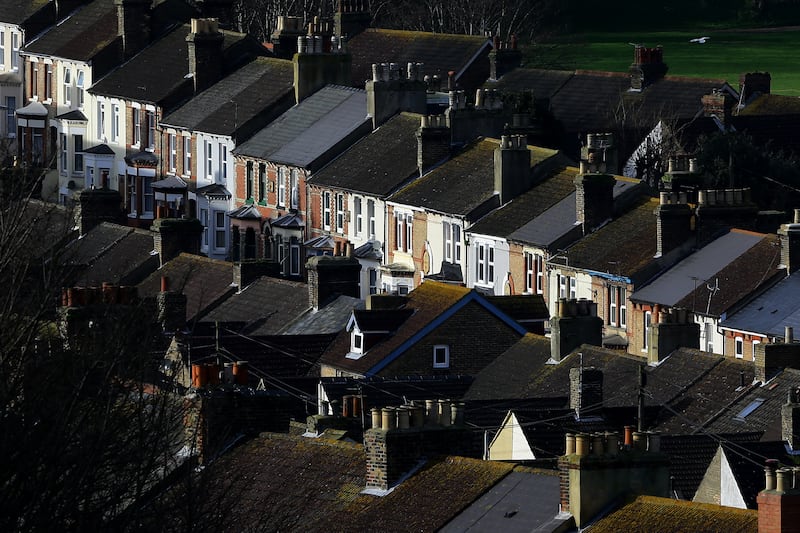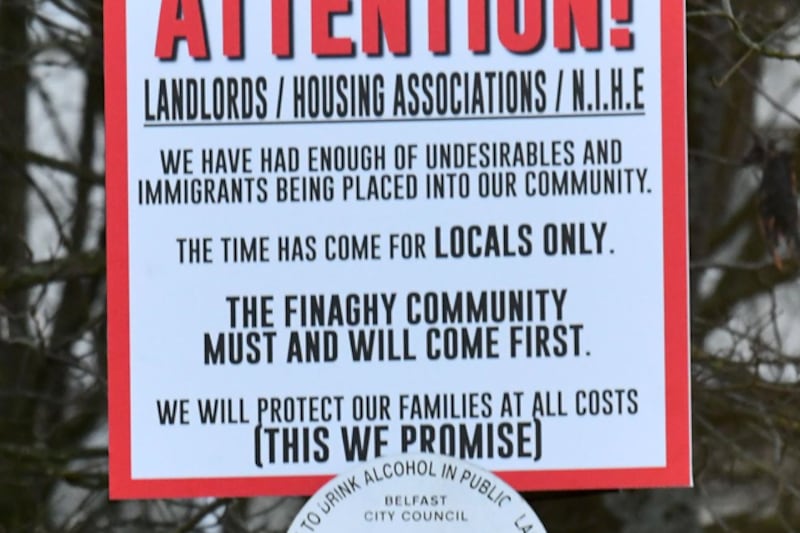THE Housing Executive should consider installing sprinkler systems in its tower blocks following the Grenfell fire tragedy, an independent report has recommended.
It concluded the housing body's four Belfast tower blocks that have cladding are safe and comply with regulations, but some issues were identified.
The cladding generally meets building regulation standards, but there were some contraventions with the rules discovered that hamper smoke extraction and ventilation.
Automatic fire suppression systems such as sprinklers are mandatory for high-rise residential buildings in Scotland and Wales, but not in England or Northern Ireland.
The report said the Housing Executive (NIHE) should consider installing sprinklers, although "consideration needs to be given to what is necessary, practical and value for money".
Ulster University deputy vice-chancellor Prof Alastair Adair – chair of the group behind the report – wrote: "An examination of policy in relation to the role of the sprinkler systems within Housing Executive high-rise accommodation is recommended as the installation of sprinklers as a fire suppression measure may give greater confidence to residents."
NIHE commissioned the review in the aftermath of London's Grenfell tower block fire which killed 71 people.
The tragedy prompted concerns about the safety of exterior cladding fitted to high-rise buildings to improve their insulation and appearance.
Cladding has been fitted at two New Lodge tower blocks in north Belfast, and another two in the east of the city.
The cladding, which has had fire testing, is not the same as that used at Grenfell.
Contraventions of building regulations were identified in the works carried out on three of the tower blocks, particularly the construction of pitched roofs which enclosed stairwell smoke vents.
In response to the findings, building control wrote to NIHE and remedial work to ensure compliance has been agreed.
The review was also widened to look at fire assessments carried out on all 33 of NIHE's tower blocks.
These identified areas for further action through a Fire Risk Assessment Action Plan, the report said.
The report's other recommendations include improving resources for NIHE's inspection and maintenance regime; considering the use of non-combustible facades for any future cladding; and considering any future recommendations from the Grenfell public inquiry.
The report also noted November's blaze at the 14-storey Coolmoyne House in Dunmurry where four people were treated by paramedics.
It recommended that communications with tower block residents are improved to identify those potentially requiring assistance and to ensure fire safety procedures are clearly understood.
NIHE said that following Grenfell, it has reviewed fire safety measures and building control requirements, and is addressing all issues.
Prof Peter Roberts, interim chair of NIHE, welcomed the report and said the board is considering the recommendations.




